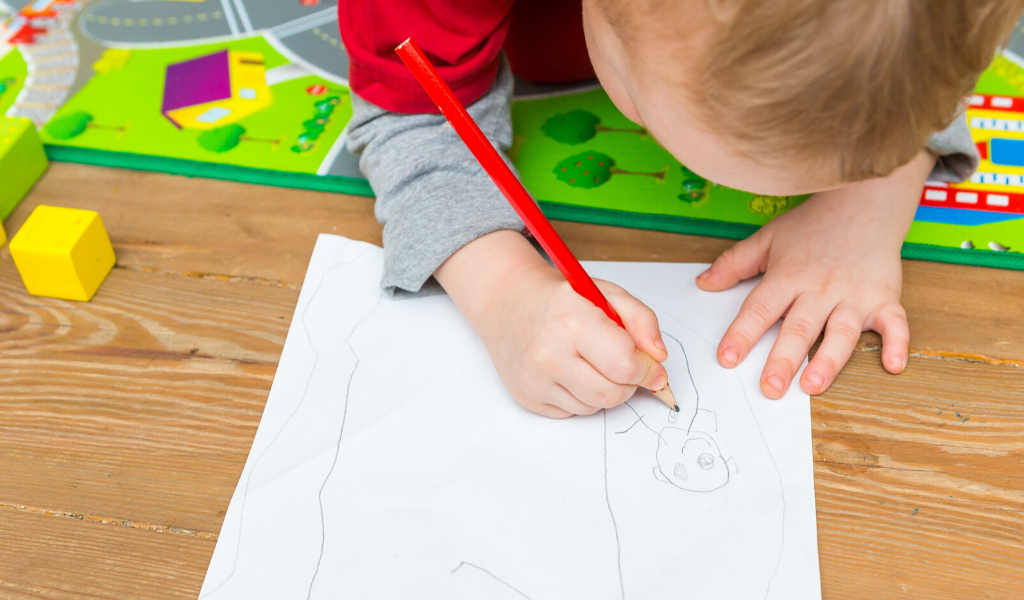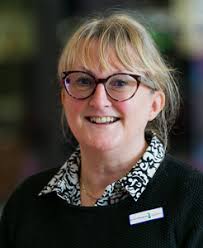Or perhaps a more appropriate question would be ‘Should we cover everything through child-led learning?’
To make a decision on this, Early Years consultant Dr Sue Allingham explores what we mean by ‘learning’:
In turn, this should make us reflect on our role as ‘teacher’. And remember that no matter what our qualification status, we are all teachers. As soon as the children enter our provision they are learning from us. But is this the only way? Are we also learning from the children? We are of course, and it is through how we get to know them, their likes and dislikes, as well as how they fit into the group and their learning needs.

But the point here is once we’ve got to know each other – what happens next? We adopt roles: those of teacher and learner. The teaching and learning tend to go in one direction only because we forget the role of the child in all of this. The vision of a child as an empty vessel who only receives ‘learning’ on starting school, and that ‘school learning’ is all that is important still persists. It is very clearly highlighted in the current climate where many are concerned about how much learning has been ‘lost’ whilst schools have been shut.
This is a very narrow view of learning based on an adult construct of what is important: what we are required to teach. Whilst much of this, for example, reading, is an important life skill – what are we missing? By teaching reading or any subject matter, in a way decided by adults, we may well be restricting the learning. Sometimes these lessons are planned as much as a year in advance and used year after year in the same format. Or a package is bought in and committed to. The ‘unique child’ is forgotten.

But children are people too, they have ideas and interests and agency. So let’s flip this agenda and look at what the children already know and can do. This is their cultural capital and it is our responsibility to tap into it. What can the children teach us?
Once we have this understanding we can start to use it to inform what we do next with our teaching. Thus moving towards child-led learning and a partnership.
Recently I have heard it said that it is not possible to teach everything through a child-led approach. By reflecting on what it means to be a teacher, what teaching and learning really mean, and what the role of the child is, I know that we will find it’s not just possible, it’s actually easier and will provide more meaningful impact.
Missed Dr Sue’s webinar? You can now access the recording from here:

About Dr Sue Allingham
Sue’s career started as a teacher and an early years lead before becoming a local authority Early Years Adviser. Moving into research, Sue gained an MA then a Doctorate, both in Early Childhood Education. She is now an independent consultant, author and trainer, with publications on ‘Transitions in the Early Years’ and ‘Emotional Literacy in the Early Years’.